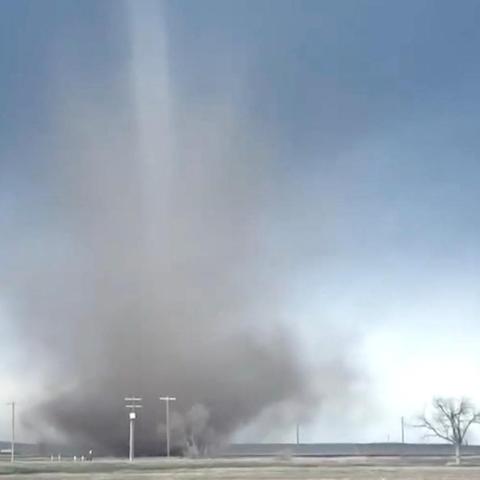In Gaza, families are facing a critical food crisis. In chaotic scenes at distribution points in Khan Younis and Beit Lahiya, people are seen pushing and shoving to reach cooking pots filled with hot soup. These images reveal the urgent need for assistance as food supplies dwindle.
Recent reports highlight that nearly 70% of the population in Gaza is food insecure. According to the World Food Programme, many families rely heavily on aid for their daily meals. The ongoing conflict and economic challenges have made it increasingly difficult for residents to meet their basic needs.
Experts emphasize the importance of humanitarian support. Dr. Sarah Johnson, a humanitarian aid specialist, states, “Without immediate intervention, the situation will continue to worsen. It’s vital for organizations to provide not just food, but also access to clean water and medical care.”
Social media trends show a growing concern worldwide. Many users are sharing videos and stories to raise awareness of the crisis in Gaza. The hashtags #GazaFoodCrisis and #SupportGaza have gained traction, encouraging global conversations about humanitarian needs.
In this context, it’s crucial for the international community to address the pressing issues in the region. Aid organizations continue to appeal for donations and support to help those suffering in Gaza. For updated information and ways to help, you can check the latest from trusted sources like [CNN](https://www.cnn.com) and [UN OCHA](https://www.unocha.org).
As the situation evolves, the resilience of families in Gaza remains a testament to their strength. However, the long-term stability of the region still hangs in the balance, needing urgent and sustained action.






















